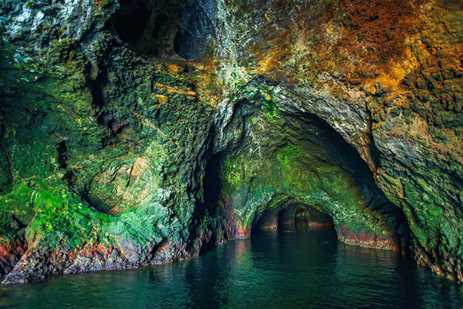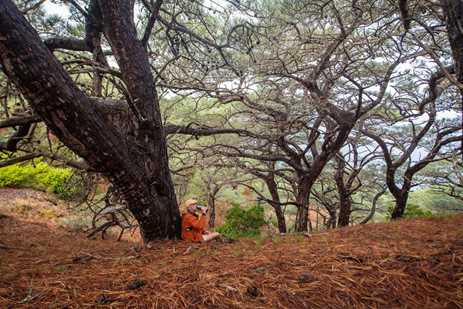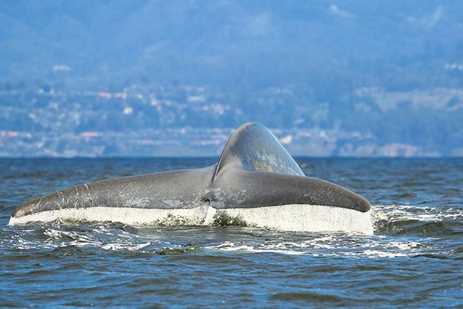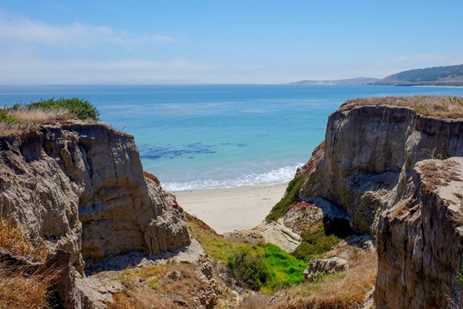Explore the Channel Islands on our 5-day Wild California Escape or go farther and see Baja too on our 12-day adventure Sailing the Pacific Coast.
Call +1.800.397.3348 or contact your travel advisor
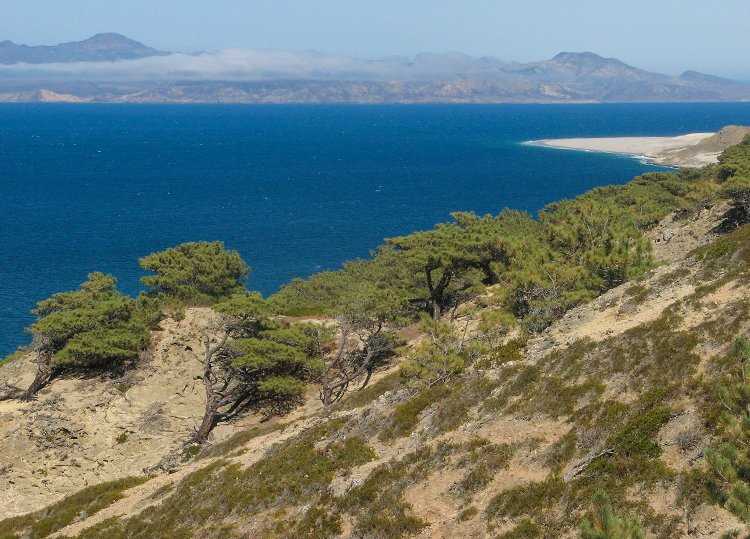
You don’t have to leave the country to find rare wildness that will exceed your expectations. Just a mere 12 miles from Los Angeles, Channel Islands National Park—one of America’s least explored national parks—teems with astonishing biodiversity and spectacular natural beauty. Sure, you could day trip to one of the islands but the best, most in-depth way to experience this remarkable, spirit-lifting place is on expedition. Aboard our small ship you’ll have easy access to multiple islands, a team of smart naturalists to illuminate all you’ll see, and a warm and welcoming base camp to return to each evening. The park is also home to all of the following—five more reasons to join us there this fall. Get Inspired By Photos, Videos, Webinars, Stories, And Exclusive Offers. Sign Up
Far-reaching travel is closer than you might think.
VIEW CHANNEL ISLANDS ITINERARY >
You don’t have to be a geology geek to be awed by the incredible caves that dot the coastline. Painted Cave is the area’s most famous and its largest—this massive cavern spans over four football fields long with a jaw-dropping, 160-foot-high entrance ceiling. But there are plenty of other fascinating caves, each with their own special features to explore. Near Scorpion Harbor on Santa Cruz Island, you’ll have the opportunity to kayak among some of them. And if you’re lucky you may find yourself with a sea lion escort or two. The boisterous creatures sometimes head for the cool shade of the caves.
It’s no surprise why the Channel Islands have earned the nickname the “Galápagos of North America.” A staggering 2,000 species of plants and animals thrive within the vast national park, and since isolation led to unique adaptation, 145 of them exist nowhere else in the world. Keep a look out for many of those endemic creatures, like the island fox, the island deer mouse, the harvest mouse, and the spotted skunk, along with myriad other wildlife—from five different species of pinnipeds to a herd of bison (the rumored descendants of 14 brought over in 1929 to film the Western movie, The Vanishing American). The islands are a birder’s paradise too—grab your binoculars and checklist to search for some of the 387 recorded species.
Only two naturally occurring groves of Torrey pine trees exist in the world—one on Santa Rosa Island and one back on the mainland at Torrey Pines State Reserve near La Jolla, California. You can hike out to the base of the grove—spotting several other rare plant species along the way—and stand among the last enduring members of a once widespread Pleistocene forest. Photo: David Vargas
Each summer, 10 percent of the global blue whale population convenes at Channel Islands National Park and Marine Sanctuary. The krill-rich waters are a siren song for these massive filter-feeders who take in up to 40 million of the tiny crustaceans a day during feeding season. Can’t make it there in summer? Not to worry. Blues can sometimes be spotted other times throughout the year, but the channel’s all-you-can-eat buffet draws plenty more marine life too. Depending on when you explore, look out for 26 other species of cetaceans, including gray, humpback, minke, sperm, and pilot whales; plus orcas, Pacific white-sided dolphins, Dall’s porpoises, and bottlenose dolphins.
In 1959, archaeologist Phil Orr unearthed two thighbones from the side of Arlington Canyon on Santa Rosa Island. While he knew it was a significant discovery dating back at least 10,000 years, it wasn’t until four decades later that more modern technology was able to confirm his hunch—the Arlington Springs Man, as Orr christened the remains, lived about 13,000 years ago, at the end of the Pleistocene. At that time the sea level was a lot lower and what are now four separate islands were once all connected into one mega-island known as Santarosae. Since that island was never connected to the mainland, the evidence supports the notable idea that watercraft were in use along the California coast at that early date—and that the earliest peoples to enter the Western Hemisphere may have migrated along the Pacific coast from Siberia and Alaska on boats.
Explore the Channel Islands on our 5-day Wild California Escape or go farther and see Baja too on our 12-day adventure Sailing the Pacific Coast.
